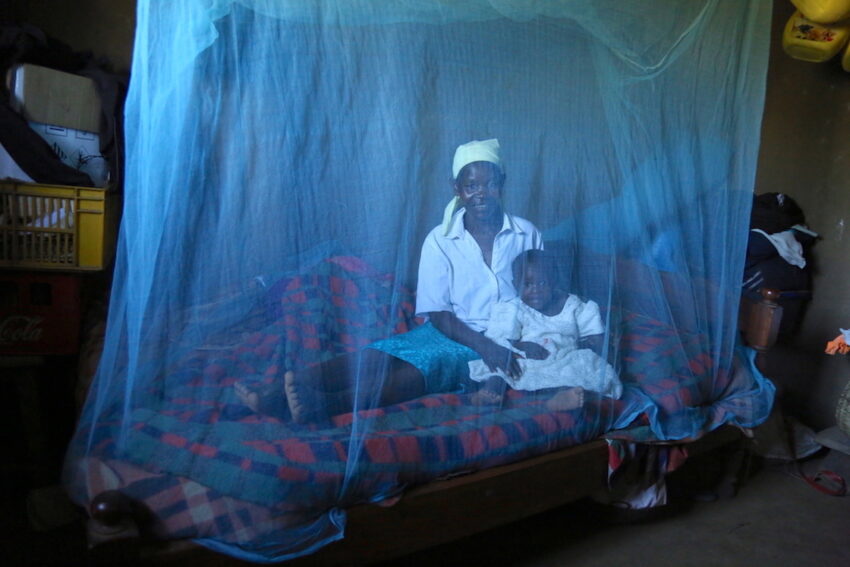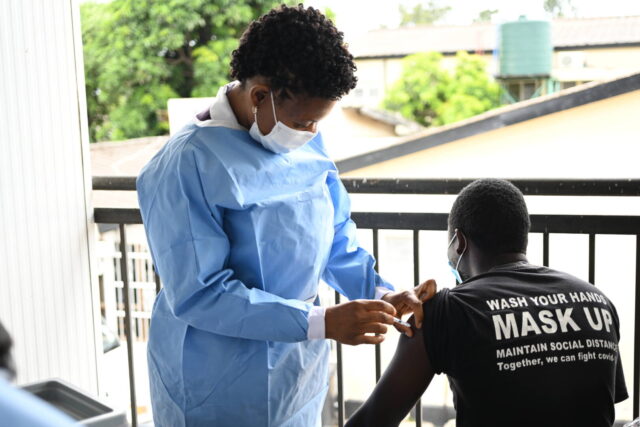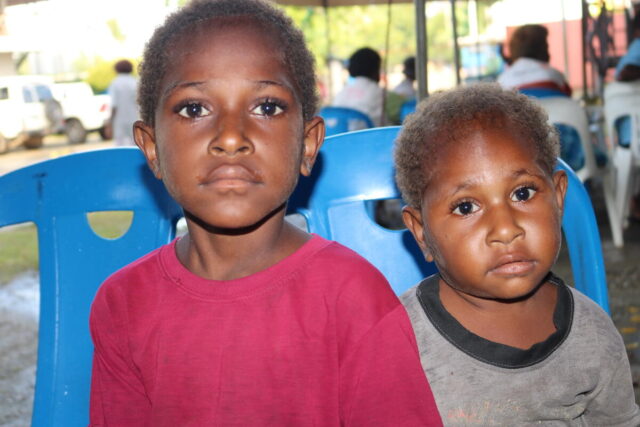Malaria is a life-threatening disease spread to humans by infected mosquitoes. Nearly half of the world’s population is at risk of the disease, but it poses a special risk to pregnant mothers and children under 5. Progress against malaria is being made through improved diagnosis and treatment and effective prevention methods, including insecticide-treated bed nets and a new malaria vaccine. However, disruptions caused by the COVID-19 pandemic have led to an increase in cases and deaths, underscoring the challenges faced in tackling malaria.
Malaria: Facts, FAQs, and how to help
Explore facts and frequently asked questions about malaria, and learn how you can help children and families at risk.
- Fast Facts: Malaria
- What is malaria, and what causes it?
- What are the symptoms?
- Why is malaria especially dangerous for infants and young children?
- What are the best preventative measures?
- How can I help people at risk of malaria?
- What is World Vision doing to tackle malaria?
- Milestones in the fight against malaria
Fast facts: Malaria
- In 2021, nearly half of the global population faced the risk of malaria, according to the World Health Organization (WHO).
- An estimated 247 million malaria cases were reported worldwide in 2021, compared to 245 million in 2020.
- The total number of malaria-related deaths in 2021 reached 619,000.
- In 2020 and 2021, service disruptions related to COVID-19 resulted in approximately 13 million more malaria cases and 63,000 more malaria-related deaths.
- Children under 5 in sub-Saharan Africa are particularly vulnerable to malaria, accounting for nearly two-thirds of malaria-related deaths.
- World Malaria Day on April 25 serves as a reminder of the ongoing effort needed to eradicate this deadly disease, which disproportionately affects vulnerable populations with limited access to healthcare.
What is malaria, and what causes it?
Malaria is a potentially life-threatening disease caused by the Plasmodium falciparum (P. falciparum) parasite. The parasite is transmitted to humans through the bite of an infected female Anopheles mosquito. The mosquito must have acquired the parasite by previously biting a person who carries the parasite in their blood. The parasites multiply in the infected person’s liver before ultimately infecting and destroying red blood cells.
What are the symptoms?
Malaria symptoms include a high fever, chills, headache, and vomiting. These flu-like symptoms usually appear between 10 and 15 days after an infected mosquito bites a person.
If untreated, malaria can become life-threatening by disrupting the blood supply to vital organs. Signs of severe malaria include very pale skin, severe vomiting, and convulsions.
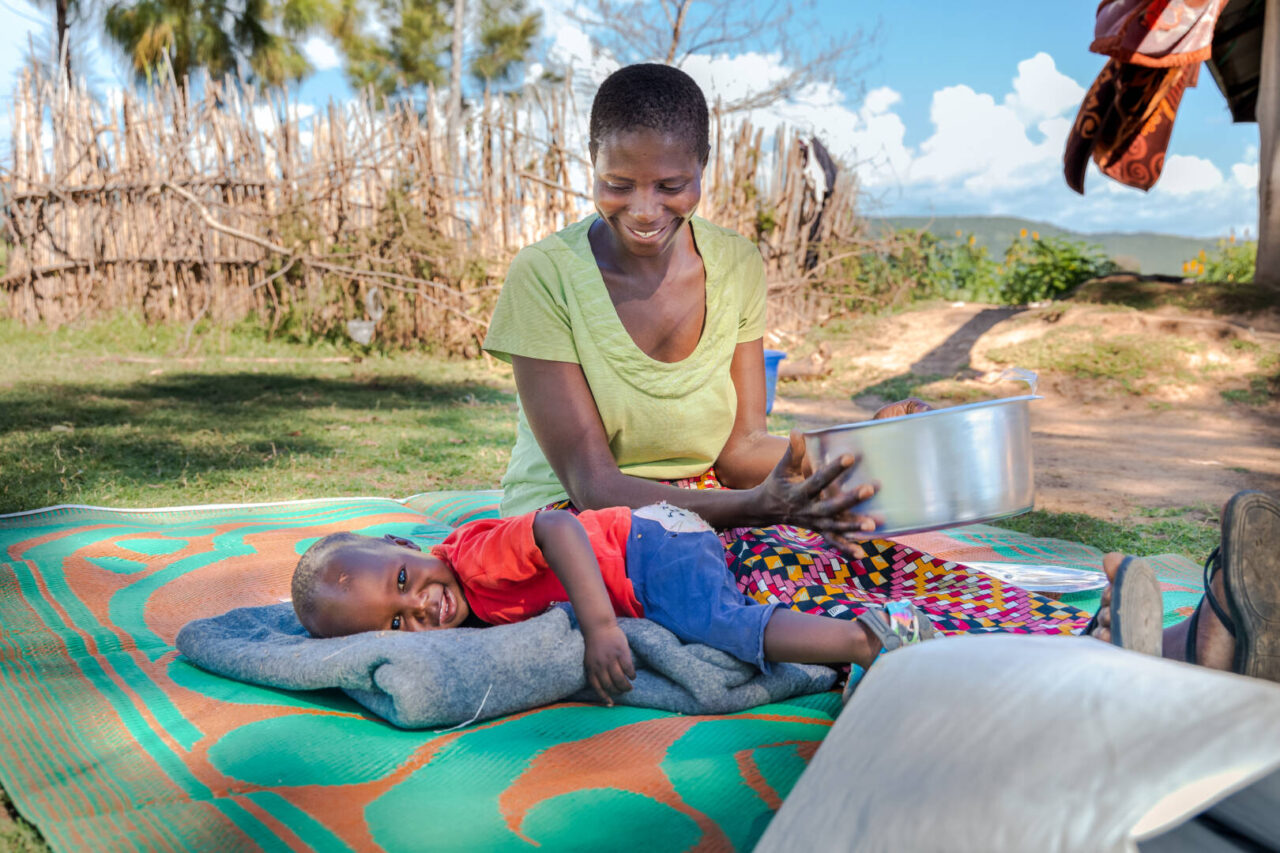
Why is malaria especially dangerous for infants and young children?
During pregnancy, a mother’s infection can lead to low birth weight and infant mortality. Newborns in malaria-prone areas acquire some immunity from their mothers, but it wanes after about three months. In places where malaria is prevalent, children who survive multiple infections often become partially immune by the time they’re between 2 and 5 years old. That’s why the most severe malaria cases tend to affect children under 5, before they have had time to build up sufficient immunity.
Additionally, children with malaria are at a higher risk of anemia, which can be fatal if untreated.
What are the best preventative measures?
To prevent malaria in countries where it is endemic, several effective strategies can be used:
- Sleeping under long-lasting insecticidal bed nets: Using durable pre-treated bed nets helps protect people from mosquito bites while sleeping, reducing the risk of malaria transmission.
- Taking antimalarial medications: Pregnant women, in particular, can take antimalarial medications to prevent infections that could endanger their lives and the health of their unborn children.
- Eliminating standing water: Cleaning up stagnant water around dwellings helps eliminate breeding sites for mosquitoes, which reduces their population and potential for spreading malaria.
- Indoor spraying with insecticide: Indoor spraying of insecticides effectively kills mosquitoes and rapidly reduces malaria transmission in affected areas.
- Early diagnosis and prompt treatment: Timely diagnosis and treatment with antimalarial medications can prevent a mild case of malaria from becoming severe and life-threatening.
- Vaccination: The RTS,S/AS01 (RTS,S) vaccine, developed after 35 years of research, is considered a breakthrough for child health, according to the U.N. Children’s Agency (UNICEF). It targets the deadliest malaria parasite, P. falciparum, in Africa. The vaccine reduces severe malaria and child mortality, a significant milestone in the fight against malaria.
What is World Vision doing to tackle malaria?
World Vision works to prevent malaria and ensure people in affected areas stay safe and healthy. We play a significant role in fighting malaria by supporting and helping fund local programs in places where malaria is a threat, including Angola, the Central African Republic, Malawi, Mozambique, Thailand, and Zimbabwe.
We equip people with long-lasting insecticidal bed nets for sleeping, reducing mosquito bites and malaria risk. Our efforts also extend to indoor insecticide applications, community health worker education, and data-driven mosquito-control measures.
We supported over 26.9 million people through our malaria prevention programs in 2022. That same year, World Vision distributed over 8.5 million bed nets in at-risk communities in the Central African Republic, Mozambique, and Zimbabwe. We also conducted a successful spraying campaign in collaboration with communities in Malawi, ensuring that the insecticide effectively killed mosquitoes and protected over 1.9 million people from potential malaria infection.
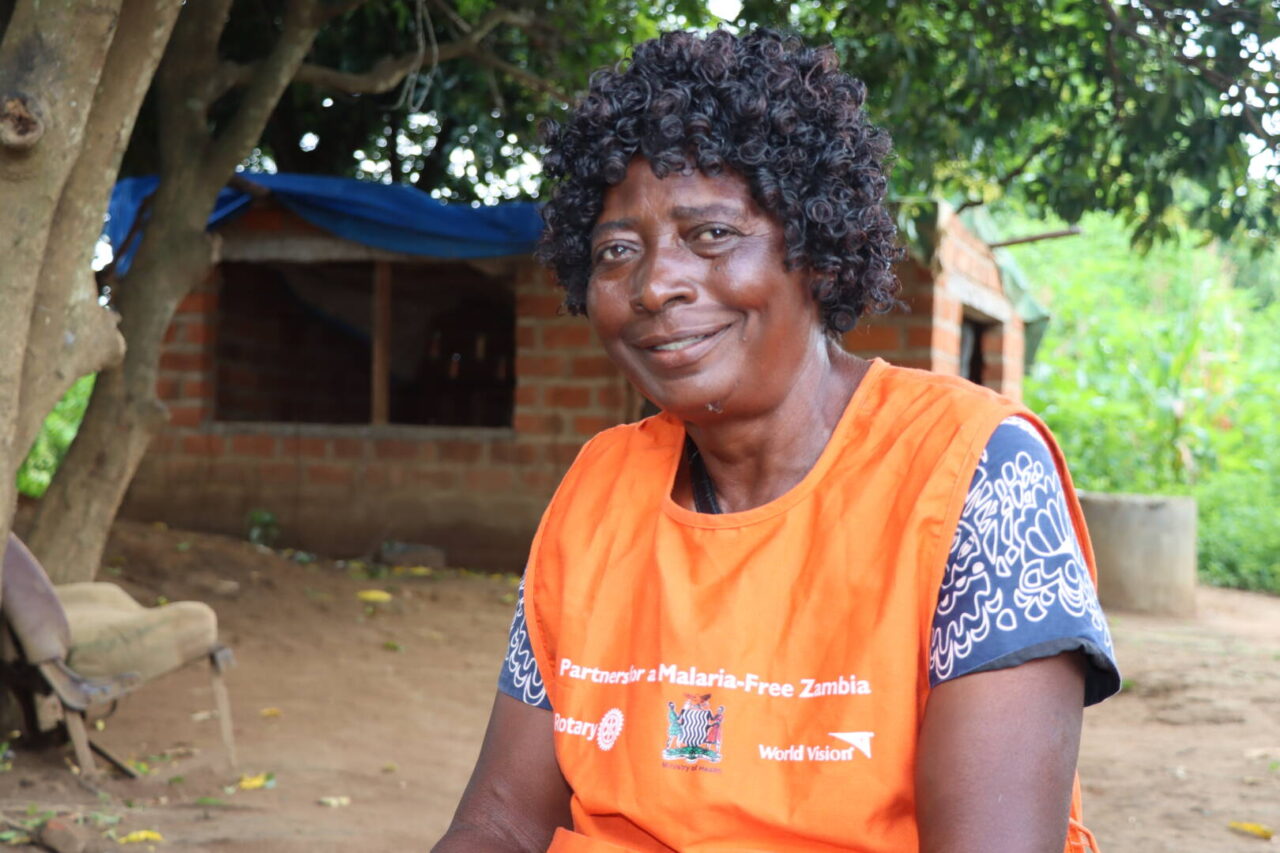
In Zambia, community health workers are tackling malaria with the support of World Vision and its partners.
Phales Mulinda, a trained community health worker, has significantly impacted her community by providing critical medical services and education. “From the time I was trained, I have been able to not only work, but I am well informed about malaria, unlike before,” she says. “I am very happy because of the knowledge that World Vision facilitated … to help my community.”
Thanks to the malaria prevention measures she implements, people no longer have to travel long distances to get medical attention. The Partners for a Malaria-Free Zambia program, launched in 2021, aims to end malaria in the country by adding 2,500 community health workers to the national health system, serving over 1.3 million people in 10 highly affected districts. The Rotary Foundation, World Vision, and the Bill & Melinda Gates Foundation each contributed $2 million to the program.
How can I help people at risk of malaria?
- Pray: Dear God, we see Your hand in the work to end malaria. Lift the spirits of all individuals who devote themselves to this effort, and help their work to achieve even greater results. Be with those who are ill with malaria and suffering from its effects, and help them make a full recovery.
- Give: Help provide life-saving interventions like insecticide-treated bed nets, medical care, prevention education, and more.
- Sponsor a child: World Vision’s sponsorship program helps whole communities find sustainable solutions for the issues they’re facing, like prevention and treatment for malaria.
Milestones in the fight against malaria
1880s to 1890s: The malaria parasite and its transmission through mosquitoes were identified.
Early 1900s: Use of insecticide spray reduced malaria and yellow fever during construction of the Panama Canal and the U.S. occupation of Cuba.
1930s to 1950s: Federal Public Health Service and the Centers for Disease Control and Prevention (CDC) spraying programs eliminated the transmission in the U.S.
1955 to 1970s: The world experienced varying success in eliminating malaria, depending on local conditions, health system strength, climate, and development.
2002: The Global Fund invested approximately $4 billion annually to fight malaria, AIDS, and tuberculosis in locations of greatest need.
2006: President George W. Bush’s malaria initiative committed $1.2 billion to fight the disease in 15 countries.
2015: Due to nearly 1 billion bed nets distributed in sub-Saharan Africa between 2000 and 2015, there was a 37% reduction in global malaria incidence and a 60% decline in death rates, achieving Millennium Development Goal targets.
2016: Between 2000 and 2016, global efforts saved 6.8 million lives and prevented 1 billion cases.
2017: The U.S. malaria initiative expanded to 24 countries and over 90 million people in West and Central Africa.
2020 to 2021: Service disruptions due to COVID-19 were responsible for approximately 13 million more malaria cases and 63,000 more malaria-related deaths.
Present to 2030: The World Health Organization aims for a 90% reduction in malaria cases by 2030.
Sevil Omer of World Vision’s U.S. staff contributed to this article.
